Western Toyama Travel Spots to Visit Now: Takaoka, Nanto, and Tonami

Toyama Prefecture, nestled between the Sea of Japan and the Northern Alps, offers rich traditions and stunning landscapes. Discover must-visit spots in the Gosei area, blending history and culture to preserve for the future!
-
Table of Contents
- The Gosei Area: Where Tradition Thrives in Western Toyama
- Takaoka City: A city where artisanal skills and history live on
- Nanto City and Inami, Japan's leading town of craftsmen
- Toyama's tradition and innovation in whiskey making: Saburomaru, Tonami City
- Take a trip to the Gosei area to experience the traditional culture passed down in Toyama
The Gosei Area: Where Tradition Thrives in Western Toyama
Toyama Prefecture is an area where the sea, mountains, and plains are all packed into a compact area. The diverse topography is closely related to tourism, industry, and daily life, and the area is largely divided into east and west by the Kureha Hills in the center.
The eastern side is called the Goto area, and is a place where nature and the city blend together, with the Tateyama mountain range and Kurobe Dam at the center of Toyama City, creating a modern and attractive atmosphere.The western side is called the Gosei area, and is an area where history and traditional crafts are alive and well, with a distinctive cultural landscape.
In this article, we will introduce the sightseeing spots of Takaoka City, Nanto City, and Tonami City in the Gosei area. Please see below for articles on the Goto area.
Takaoka City: A city where artisanal skills and history live on
Takaoka City has been known as a town of crafts since the Edo period, and Takaoka's copperware and other casting techniques and designs have attracted attention from around the world. From crafts that highlight the skills of artisans to factory tours by casting manufacturers, Takaoka City is full of attractions where you can experience craft culture.
We would like to introduce you to "Takaoka Ramune," a special Japanese sweet that allows you to experience the traditions and charm of Takaoka and is perfect as a souvenir from Takaoka.
Beautiful "Takaoka Ramune" made using traditional wooden molds
Located in a traditional buildings preservation district commonly known as "Yamamachi-suji," "Oonoya" is a long-established Japanese confectionery store that has been in business since the Edo period. Starting with its signature confection "Tokonatsu," the store offers a wide variety of seasonal sweets, with a focus on confections inspired by poems by the Man'yoshu poet Otomo no Yakamochi.

Haruka Ohno, the eldest daughter of such a long-established Japanese confectionery shop, created "Takaoka Ramune," a Japanese confectionery that blends the old and new cultures of Takaoka.

When Yu was thinking about making Japanese sweets for young people, he was inspired by the wooden molds used to make rakugan (sweet rice crackers), and after much trial and error he came up with the idea for ramune candy.

The Ramune is handmade by artisans using the wooden molds and techniques that Ohnoya has used over its 180-year history, beautiful shapes created to match the seasons and events of Japanese sweets, and Koshihikari rice from Toyama Prefecture and other domestic ingredients. It has a soft, fluffy texture that melts in your mouth, followed by a gentle flavor with the aroma of domestic ingredients.

The set includes different shapes according to the season and Takaoka motifs. The packaging is so cute that you will want to collect all the types. The Ohnoya Takaoka Kifunemachi main store, where all the types are available, is a 7-minute walk from the north exit of JR Takaoka Station. It is sure to be a welcome souvenir filled with the charm of Takaoka.
Access to Takaoka City
There are various ways to get to Takaoka City from major cities, including the Shinkansen, train, plane, and bus, depending on your travel style.
Nanto City and Inami, Japan's leading town of craftsmen

About 40 minutes south from Takaoka city by car, you will come to the Inami district of Nanto city, known as the town of woodcarving. Beautiful carvings made by Inami carving artisans can be seen everywhere, such as on the transoms, entrances, and signs of temples and townhouses, and you can feel the traditional techniques and warmth of wood just by walking around the town.
Inami wood carving was born along with the history of the historic Zuisen-ji temple. The people of Inami developed their town while cherishing Zuisen-ji temple, which was the center of their faith and culture. However, 200 years ago, Zuisen-ji temple was destroyed in a major fire. In order to rebuild their symbol, the people of Inami welcomed a sculptor from Higashi Hongan-ji Temple in Kyoto. The skills of that one sculptor were passed on to the people of the town, and now Inami is the number one town for wood carving in Japan, with as many as 150 sculptors active in the area. Inami is registered as a Japan Heritage site as "Inami Wood Carving Museum Born from a Single Carpenter's Chisel."
Zuisen-ji Temple, which has been cherished throughout Inami's history, is decorated with numerous intricate ornaments and can be enjoyed as a magnificent work of art.

Zuisen-ji Temple is currently running a night museum event .

The wooden carvings inside the temple are lit up at night, creating shadows that allow you to appreciate the intricacy of the carvings more than you can during the day.

You can also listen to the Inami carvers' commentary while viewing the sculptures, deepening your understanding of the techniques behind Inami carving.

If you would like to apply for the Inami Zuisenji Night Museum, please contact us using the inquiry form below.
Inami also has a lodging called "Bed and Craft" where you can become an apprentice to a craftsman. There are six lodgings available for rent, offering the special experience of learning authentic craftsmanship using the same tools as the craftsmen.

The entire building is available for rent, and you can see the attention to detail of the craftsmen who made the room in every corner. Kitchens, baths, washing machines and other home appliances are also provided, so you can enjoy a stay that feels like living there. For art lovers and those looking to experience traditional Japanese culture, this is sure to be an inn you'll want to stay at for multiple nights.

Toyama's tradition and innovation in whiskey making: Saburomaru, Tonami City
Tonami City, which lies between Takaoka City and Nanto City, is blessed with fertile land with the Shogawa River flowing north to south, and is a region where agriculture thrives. Tonami rice and tulip bulbs are particularly famous, and tulips, which became popular as a second crop in rice paddies, are currently the number one producer of bulbs in Japan.
Tonami is also home to the oldest distillery in the Hokuriku region, Saburomaru Distillery, which continues to fascinate whiskey lovers with its history and future-oriented production methods.

History of Saburomaru Distillery
Wakatsuru Sake Brewery, the parent company of Saburomaru Distillery, was founded in 1862. Demand for Wakatsuru Sake Brewery's sake, which uses the pure underground water of the Shogawa River, was growing rapidly, but the Second World War began in 1939, rice imports were regulated, and the company found itself in a difficult situation.
So Kotaro Inagaki, the second-generation president of Wakatsuru Sake Brewery, set his sights on a way to produce alcohol from ingredients other than rice. He brought in an expert with extensive knowledge of fermentation from his experience as a factory manager at Kikkoman, and established the Wakatsuru Fermentation Research Institute in 1947.
Initially, they started by cultivating Jerusalem artichoke, which was unregulated, on the riverbed of the Shogawa River and researching how to extract alcohol from it. They obtained a license to produce shochu in 1949. They continued their research and obtained a license to produce miscellaneous alcohol in 1950, and in 1952, licenses to produce whiskey and sweet fruit liqueur (port wine), and began to focus on full-scale production of distilled alcohol.
After obtaining a license to manufacture whiskey in 1952, Wakatsuru Shuzo released its first whiskey, "Sunshine Whisky." The name "Sunshine Whisky" was chosen with the hope of making the sun rise again in Japan, a country that had lost everything during the war, with a distilled liquor made from water, air, and sunlight.
However, the distillery is gradually deteriorating, and the old distillation tower has long since been demolished.

"We cannot allow the only distillery in the Hokuriku region and the whisky production that has continued up until now to cease."
Wakatsuru Shuzo launched the Saburomaru Distillery Renovation Project in 2016, and attempted crowdfunding to secure funds. They appealed for the passion for whiskey making that they have maintained for over 60 years, and the challenge of developing Toyama whiskey into a global whiskey. They received support far exceeding their goal of 25 million yen, and in July 2017, the distillery was reborn as the only one in the Hokuriku region that is open for tours.
For group tour reservations, please contact the following email address: Wtaishogura@grncorp.co.jp
"ZEMON" is a distiller developed based on the traditional techniques of Takaoka copperware.
Saburomaru Distillery inherited the technology of Takaoka Copperware and developed the world's first cast copper-tin alloy pot still, "ZEMON." "ZEMON" is a revolutionary distiller from Toyama that achieves higher quality, longer life, shorter delivery time, and lower costs than conventional distillers.

The copper-tin alloy makes it possible to produce smoother, higher quality distilled spirits.In addition to its long life and ease of maintenance, it is highly regarded around the world as a groundbreaking distiller that solves the problems of conventional distillers, such as shortening production time and reducing costs.
Developed Mizunara barrels "Sanshiro Barrels" utilizing the technology of Inami, Nanto City

Taking advantage of the traditional woodworking techniques and rich nature of the Inami region, Saburomaru Distillery has begun manufacturing whiskey barrels using Mizunara oak from Toyama Prefecture. They have commercialized and are using "Sanshiro Barrels," which use Mizunara oak, highly regarded overseas as "Japanese oak," for the barrels. For whiskey, barrels are not just containers but raw materials, and they have a significant impact on the flavor of the whiskey. As the need arises for techniques to repair and regenerate barrels and use them for a long time, the role of barrel workshops in the Japanese whiskey industry will become increasingly important. If such barrels are to be made in Inami, "Sanshiro Barrels" continue to uphold the tradition of being handmade one by one by craftsmen at a local company that has been engaged in forestry.
In addition, a wooden carving of a Whiskey Cat watches over the barley storage facility where the raw material for whiskey is stored, protecting the raw material from rats and other pests.

One of the attractions of whiskey production at Saburomaru Distillery is that you can feel the local community at every step.
Take a trip to the Gosei area to experience the traditional culture passed down in Toyama
Takaoka City, Nanto City, and Tonami City are areas in western Toyama Prefecture that are packed with attractive tourist spots. You can learn about the history and culture while experiencing the traditions and artisanal skills that the locals have cherished. Come and experience the unique climate and charm of Toyama and spend a memorable time.
We are working to enliven the entire Hokuriku area.
The contents on this page may partially contain automatic translation.























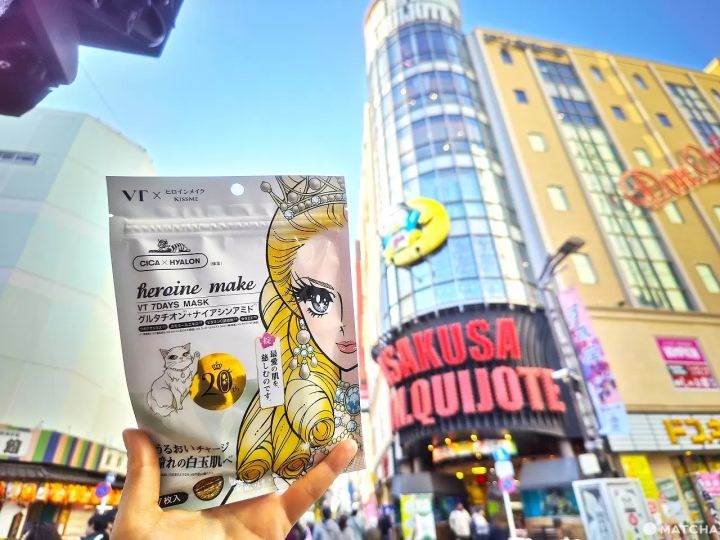

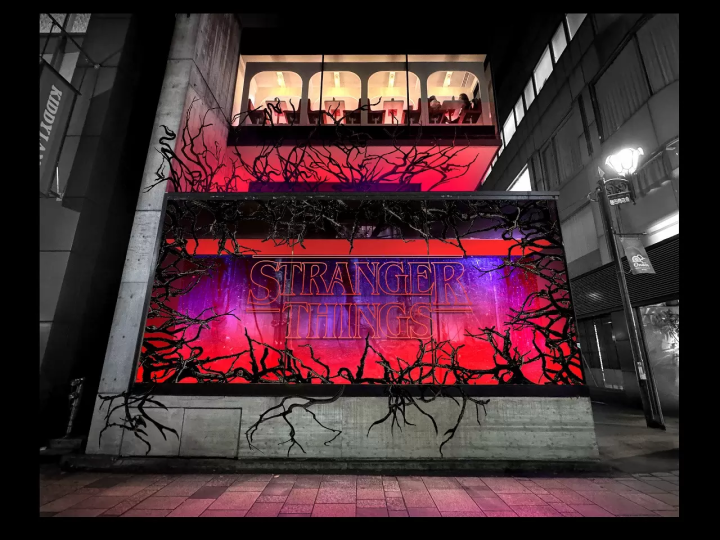
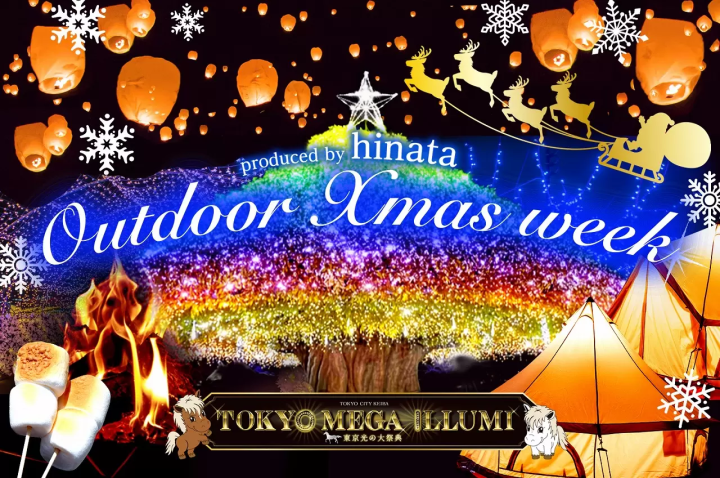
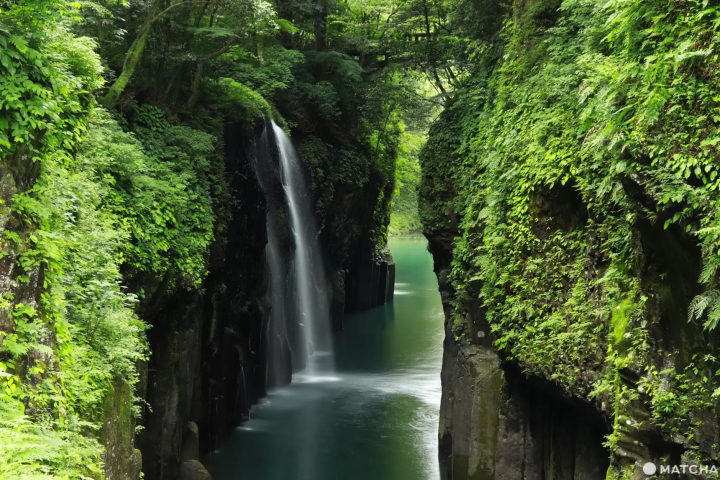





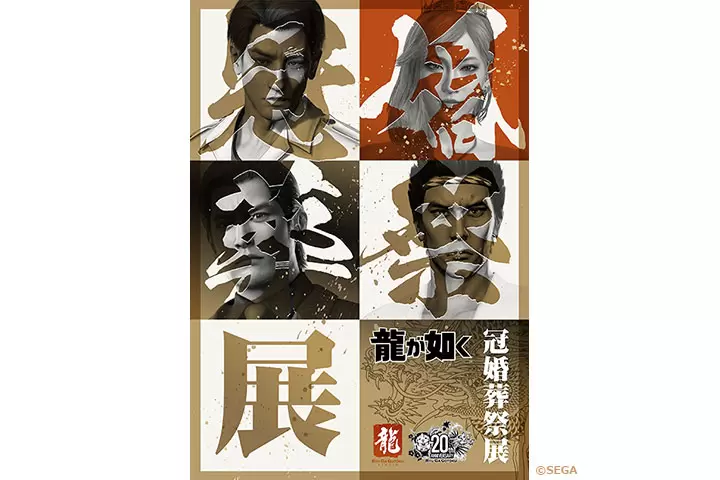
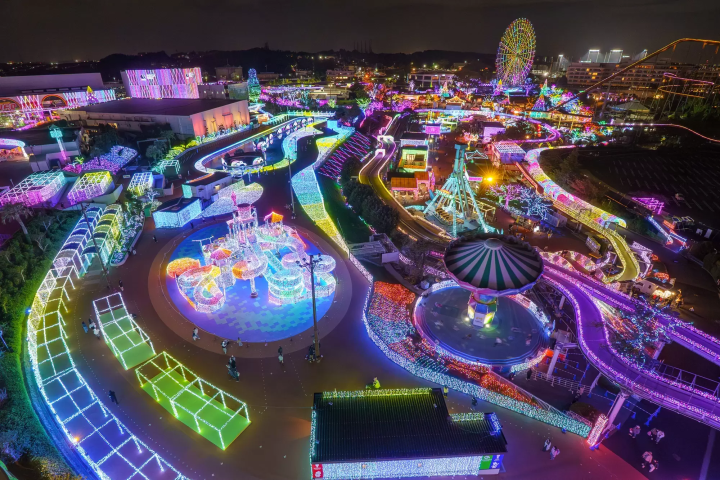
![[Coupon Available] Recommended Fall/Winter Wear from Scandinavian Brand "Helly Hansen"](https://resources.matcha-jp.com/resize/720x2000/2025/12/15-252920.webp)
![Deep dive into Japanese brands! A tour of famous leather shoe stores with GENSEI & Nin [Otsuka Shoes Edition]](https://resources.matcha-jp.com/resize/720x2000/2025/12/15-252972.webp)